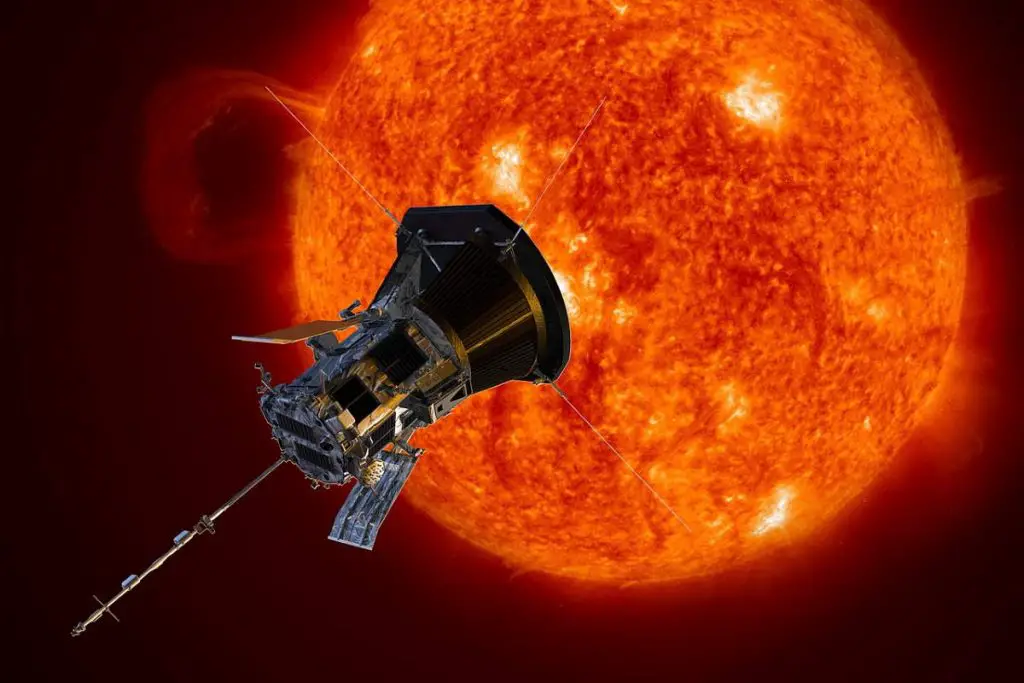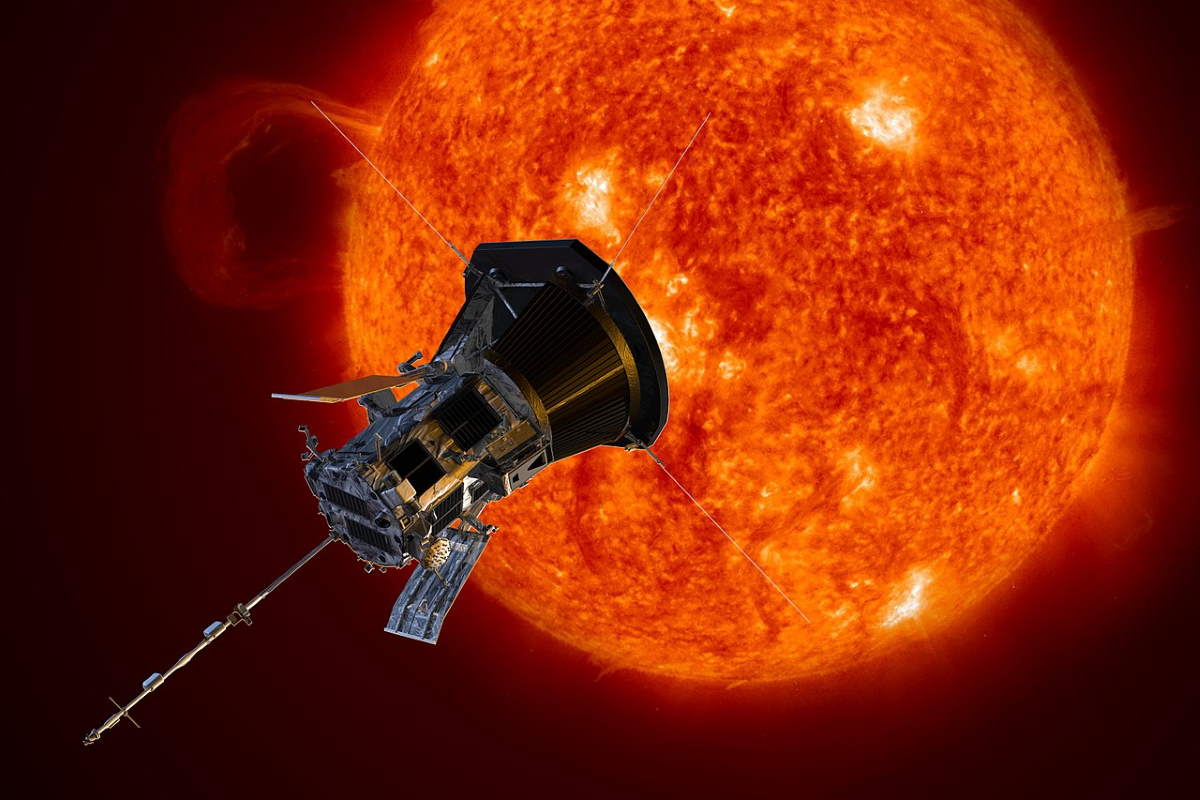On November 21, 2021, the spacecraft traveled with a velocity of 364,660 miles per hour (586,863 km/h), or 101 miles per second (mi/s) (163 kilometers per second), and once again became the fastest human-made object ever built. That speed is fast enough to fly from New York to Tokyo in just over a minute.
Despite it seeming blazingly fast (and actually, it is), it is only about 0.05437% of the speed of light.
The previous record also belonged to the probe, which was roughly 2 244,225 mph (393,042 km/h) or 62.28 miles per second (mi/s) (109.18 kilometers per second).
For comparison, the fastest spacecraft to leave the Solar System, Voyager 1 is traveling at 16.985 km/s (61,146 km/h; 37,994 mph) relative to the Sun.
Another spacecraft also on its way out of the Solar System, New Horizons is traveling at about 16.26 km/s (10.10 mi/s; 58,500 km/h; 36,400 mph) relative to the Sun.

In 2025, at the closest approach, the spacecraft will break the record for the fastest human-made object again. It will travel as fast as 690,000 km/h (430,000 mph), or 0.064% of the speed of light.
Parker Solar Probe also holds the record for the closest-ever artificial object to the Sun. While breaking the fastest-ever human-made object record, the spacecraft traveled 11.6 million miles (about 18.66 million kilometers) from the Sun’s surface at perihelion (the point in the orbit of a planet, asteroid, comet, or spacecraft that is nearest to the Sun).
The previous record was set by the Helios 2 spacecraft in April 1976. It traveled 26.55 million miles from the Sun’s surface at perihelion. Like Helios 1, it is no longer functional but remains in its elliptical orbit around the Sun.
Parker Solar Probe’s heat shield, called the Thermal Protection System (TPS), reached new record temperatures as well. At this distance from the Sun, computer modeling estimates show that the Sun-facing side of the TPS experienced a blazing 1,134 °F (612 degrees °C), about 300 degrees hotter than encountered on the spacecraft’s previous three perihelia.
The spacecraft and instruments behind this protective heat shield remained at a temperature of about 85 °F (30 °C). During the spacecraft’s closest three perihelia in 2024-25, the TPS will see temperatures around 2,500 °F (1,370 °C).
Parker Solar Probe: the fastest human-made object ever built
NASA’s Parker Solar Probe mission launched on August 11, 2018, from Cape Canaveral Air Force Station in Florida. The mission will be the first to fly directly through the Sun’s corona – the hazardous region of intense heat and solar radiation in the Sun’s atmosphere that is visible during a solar eclipse. It will literally “touch the Sun”.
The probe is gathering data that could help answer questions about solar physics that have puzzled scientists for decades. Gathering information about fundamental processes near the Sun can help improve our understanding of how our solar system‘s star changes the space environment, where space weather can affect astronauts, interfere with satellite orbits, or damage spacecraft electronics.
New Discoveries from the Parker Solar Probe
In the video below, published on December 4, 2019, NASA reveals 5 new discoveries from the Parker Solar Probe.
Another good video about the Parker Solar Probe’s findings, by Scott Manley.
Sources
- “Parker Solar Probe Completes Fourth Closest Approach, Breaks New Speed and Distance Records” on the NASA website
- Parker Solar Probe on Wikipedia
- Parker Solar Probe on the NASA website
- “Parker Solar Probe Reports Successful Record-Setting Fourth Close Encounter of the Sun” on the NASA website
- Helios (spacecraft) on Wikipedia
- “NASA’s Parker Solar Probe Sheds New Light on the Sun” on the NASA website
- How Many Elephants are Left in the World in 2025? - August 17, 2025
- Moon Landings: All-Time List [1966-2025] - February 2, 2025
- What Is Max-Q and Why Is It Important During Rocket Launches? - January 16, 2025
